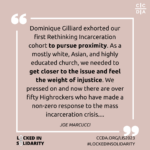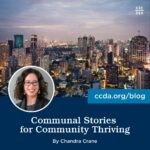
by Stephanie Vander Lugt
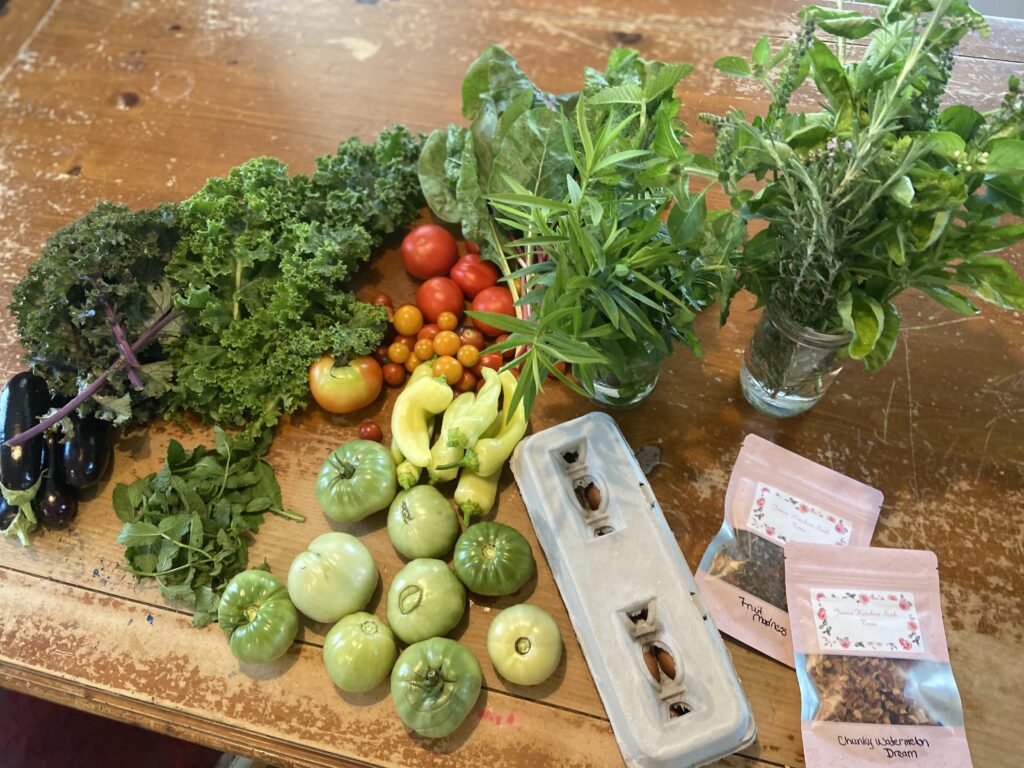
“Its time to play… Guess. That. Vegetable!” The room erupted into game-show-worthy applause as cruciferous and leafy wonders passed from table to table. Hushed tones ensued. Is it a beet? A melon? A kind of celery? Each team efforted to correctly identify the most vegetables to win the prize. “This is bougie lettuce! Write that down!!” declared one woman to her giggling teammates as they handled purple kale. The scene was the common room at the Center For Women during their weekly house meeting. The occasion was the launch of a project called Thyme To Heal powered by Kinship Plot. The participants all had something in common: they were serving the final years of a prison sentence at The Center for Women, a thirty-bed residential facility operated by the Center for Community Transitions (CCT) located in Charlotte, North Carolina, helping women transition from prison back to their families and communities.
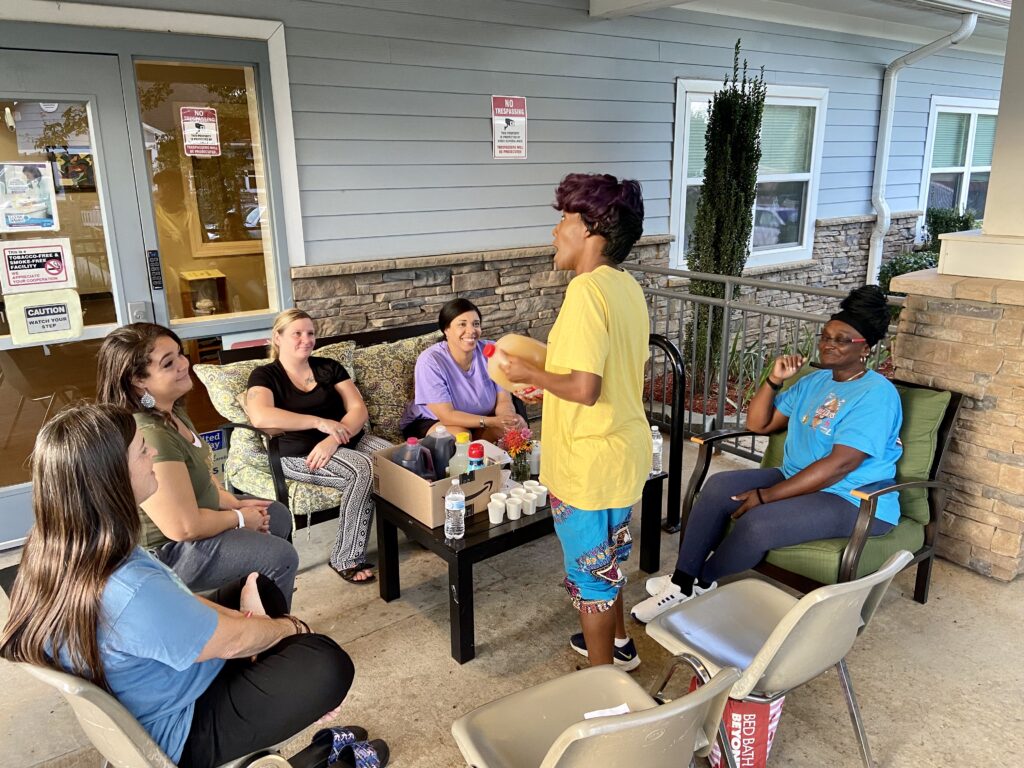
What do unusual vegetables have to do with reentry from prison? If you are wondering, read on.
Life after prison in Charlotte has a plethora of challenges like most US cities despite the presence of organizations like CCT and others doing generative and hopeful work. Christians who care about the shalom of God should lament that our systems and communities are not set up to receive people in a way that leads to their flourishing. Many have described reentry as a continuation of punishment, even after the sentence has been served. The barriers to accessing basic needs, living-wage employment, and affordable housing can be demoralizing. There is also the ever-present stigma of having a record, which rears its ugly head in expected times like the application for a job or apartment, or unexpected times like the offer to volunteer at church. Underneath the barriers and stigma reside the traumas of experience and oppression that led to incarceration in the first place, not to mention the trauma that incarceration itself perpetuated.
We know that traumatic experiences pave the path for people to enter our massive incarceration system. According to the Compassion Prison Project, 98% of people in jail and prison have experienced at least one traumatic adverse childhood experience compared to 60% of the general population. “Trauma and incarceration, these are true synonyms,” says Joanna Patcha, LCSW, and Director of Behavioral Health at the Center for Women, “Everyone I have ever worked with has experienced multiple traumatic events prior to adulthood.” Moreover, our carceral system is itself inherently traumatizing, designed for punishment rather than healing and restoration.[1] “The mere fact of being taken away forcibly from your surroundings and placed into an unfamiliar and sterile environment where one is stripped of all dignity, the mere fact of being treated unfairly without knowing if you will ever see your family and friends, your dignity snatched away, is sure to cause some sort of trauma or PTSD,” says Olaniyi Zainabu, a coach and mentor who has cared for several family members through their incarceration. In short, people leave prison more traumatized than they arrive.
The trauma is also racialized. The criminal justice system in the U.S. was originally designed to perpetuate racial trauma and control by targeting and decimating communities of color and institutionalizing ongoing legalized discrimination and social exclusion after prison.[2] The latest data reveals that Black Americans are imprisoned at a rate roughly five times higher than white Americans.
In short, there is so much trauma at the root of our systems, it is hard to know where to begin. It may not come as a surprise that trauma is certainly not healed through locking people up, separating families, and issuing overwhelmingly lengthy sentences.
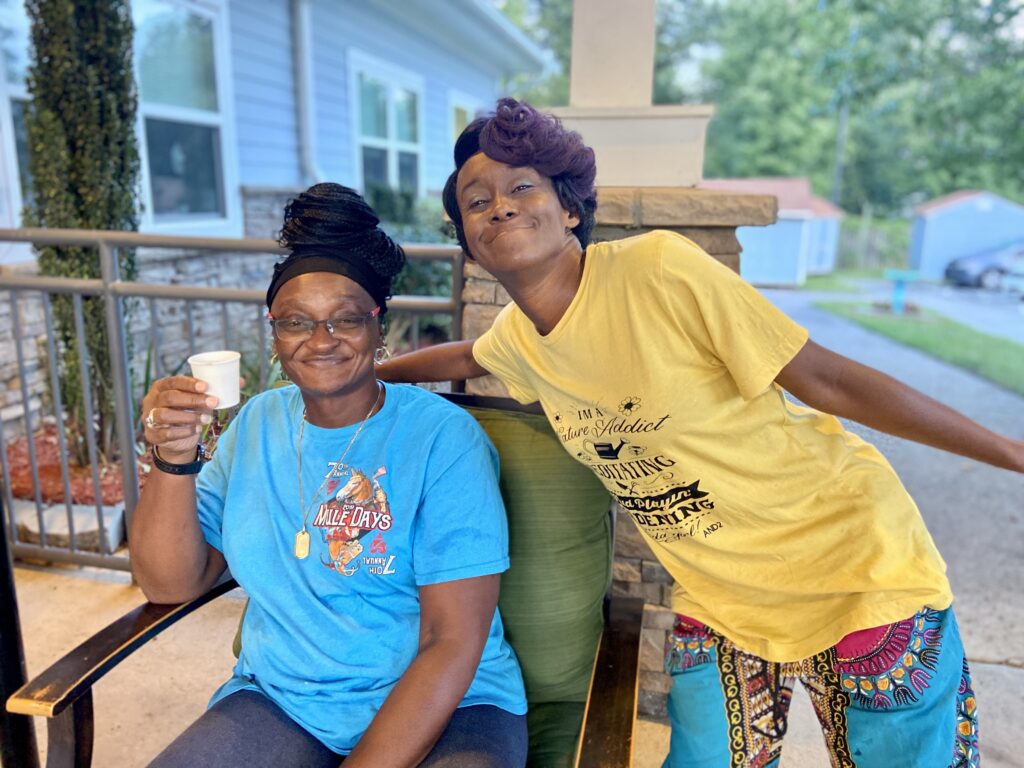
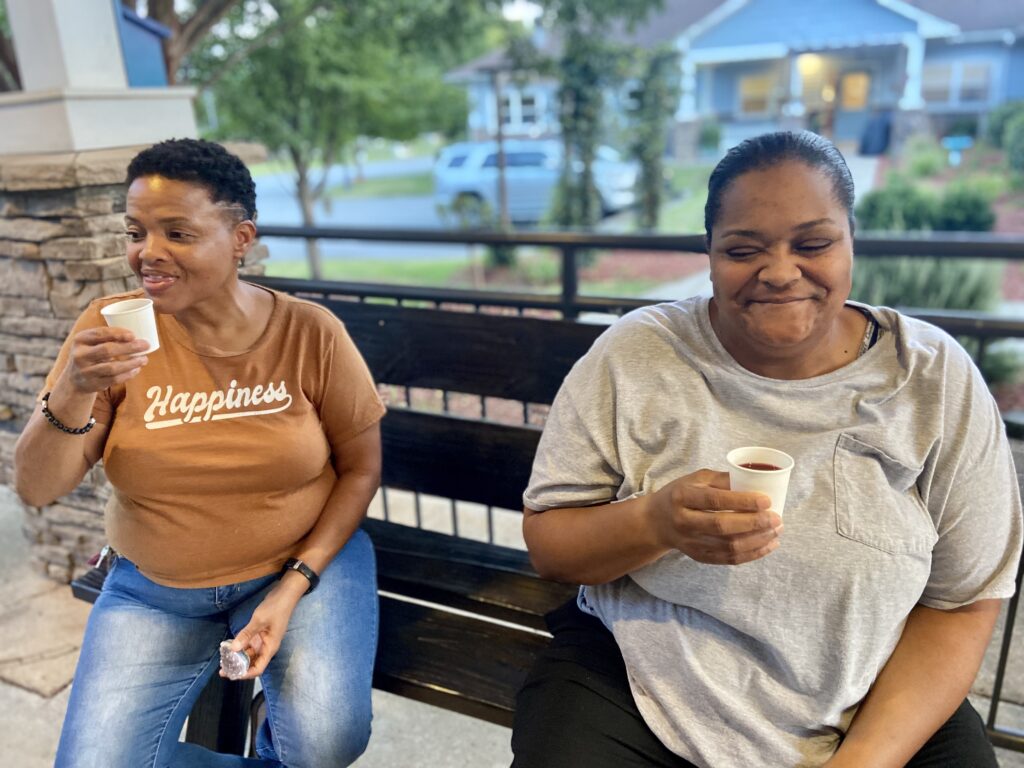
When a human is locked up, a mother or father or auntie or uncle or nephew or son or daughter is locked up. And so the trauma of incarceration reverberates through entire families and community systems. The body, as psychologist and trauma specialist Bessel van der Kolk says, keeps the score.[3] And not just the individual body, but the bodies and systems of entire families and communities. In its most simple form, trauma is a wound of disconnection and separation. It cannot be punished away. It must be healed.
The good news for trauma-survivors: healing is possible. Monique finished her sentence at CCT and now works at a rehab program helping others who are seeking to heal. Healing the wounds of her past was a big part of her journey. “I am now walking in the person I was created to be and not the shell of the person I was before.” If healing is found through reconnection, the Christian church has a vital role to play. Consider that “connection” and “kin” carry the same root. Perhaps we could say that what the world needs most is kin-nection, that is, encountering each other as sisters and brothers, as fellow members of the beloved community. At the heart of the story of redemption is a family, being welcomed home and healed by Abba God. As the Apostle Paul says in 1 Corinthians 12, we are each a part of a body, and when one part suffers we all suffer. What would it mean for the body of Christ to keep the score, and perhaps, through the Spirit’s transforming power, to heal the score? In a world flush with paternalizing approaches to societal trauma, what if we encountered each other not as service-users or clients or program participants, but as fellow children of God, who bear each other’s pain as we follow the way of Jesus of Nazareth?
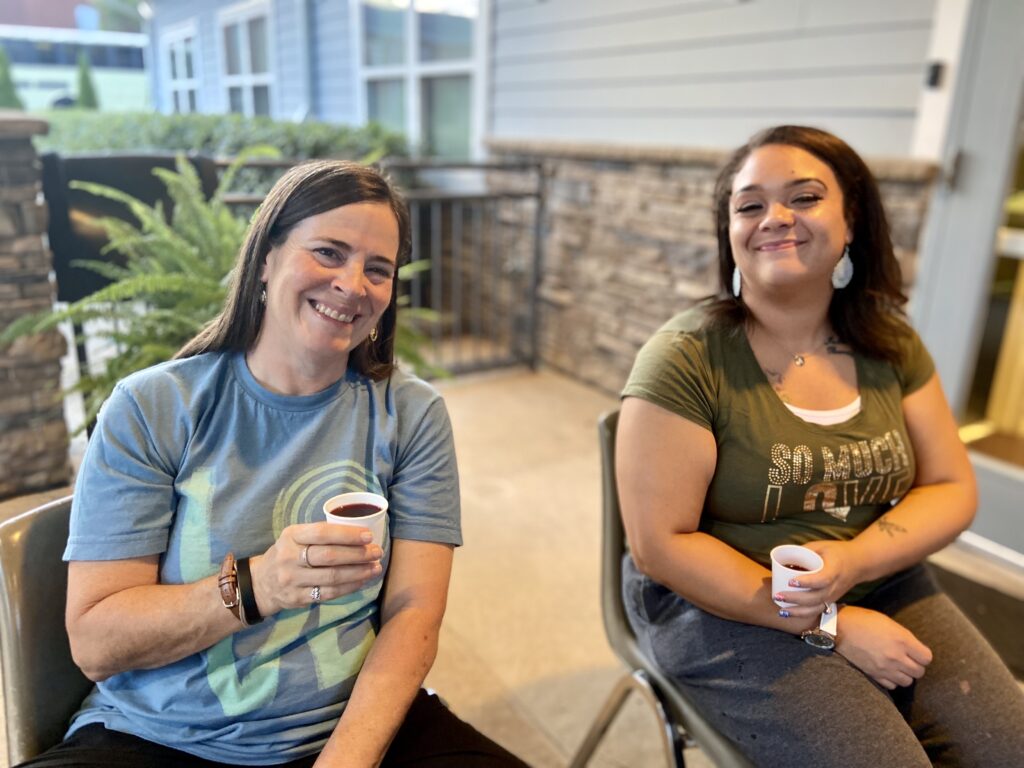
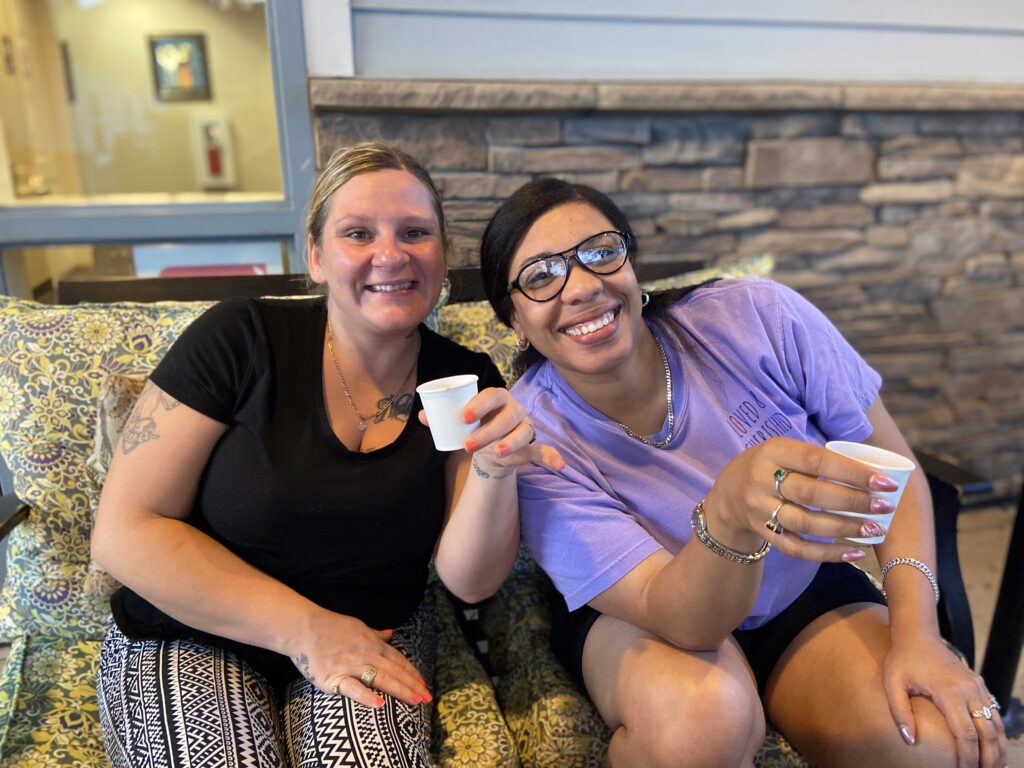
So we return to our original scene and ask: what do vegetables have to do with incarceration? One of the injurious sanctions of incarceration is the sterile, built environment and diminished access to nature, landscape, fresh food, and connection to land. Prison is a no-place, a non-place, an anti-place. Humans are made for deep relationship with place and home-making. As a way to welcome the women home to Charlotte, Kinship Plot organized the Thyme to Heal project with local gardeners and urban farmers who shared boxes of homegrown produce and recipes, healing circles, and, consequently, friendship and community with residents of the Center for Women. Acknowledging a relationship between healing trauma and the gifts of the earth is inspiring more plans for 2023 that include sessions about herbs and aromatherapy, an outing for a contemplative forest walk in a nearby nature preserve, and a field trip to a local farm. You might say that Thyme To Heal seeks to welcome a bit of the Garden of Eden into the reentry process. Danyiel Jones, an urban homesteader in Charlotte and co-creator of the project, commented: “This was a healing process not only for the ladies, it became a healing process for myself. It stripped me to my soul and opened my heart to let others in. When I saw the ladies interact with the vegetables a whole spark of life came into their faces because they could touch, see, and smell something that was fresh and organic and it made them organic, renewing their faith in life.”
Kinship Plot is only a year old as an official organization, but its co-shapers have hopeful dreams for an emplaced community in partnership with local churches that includes homes for people in transition, especially those returning from prison. You can bet that vegetable and flower gardens, orchards, and wild spaces are also part of the plan. Kinship Plot hopes to practice land stewardship, life together, sustainable food production and offer community events, eco-therapeutic healing, art-making opportunities, and learning cohorts. Inspired by the incarnation of God in the person of Jesus Christ, the path of our discipleship is life with, not doing for, and this flourishing also includes the land, natural environment, and fellow creatures. We are each a gift to each other and when we allow the practice of kinship to transform and draw us together across barriers, we believe incredible beauty and healing are possible.[4]
About Stephanie Vander Lugt
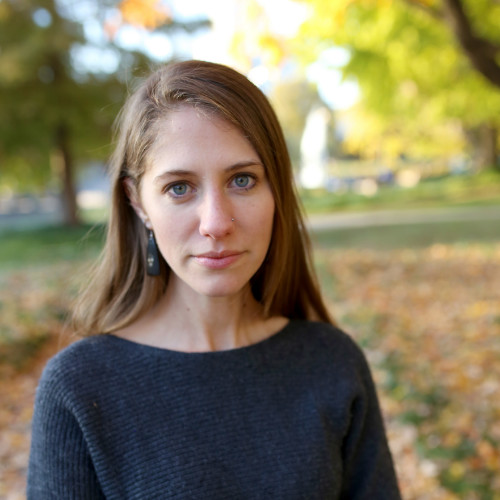
Stephanie Vander Lugt, a minister and scholar-practitioner based in Charlotte, NC, who works at the intersection of justice, faith, healing, and personal/communal transformation, has spent the past 8 years organizing against mass incarceration with returning citizens in Charlotte and currently works with residents at the Mecklenburg County detention center teaching courses in life skills transformation guided by frameworks of liberation, empowerment, and embodiment. She is the director of Kinship Plot, an emerging organization dedicated to reimagining just and resonant relationships through learning, contemplative action, art, land care, and life together. She holds an MA in Theological Studies, is an ordained minister in the Evangelical Presbyterian Church, and is pursuing an MSW from The University of North Carolina. In the wild edges of her time, you will find her tending the garden, fermenting something in the kitchen, sharing tea with a friend, or engaging in creative practice through textile arts.
[1] See https://www.prisonpolicy.org/blog/2021/05/13/mentalhealthimpacts/
[2] Alexander, Michelle. (2010) The new Jim Crow: Mass incarceration in the age of colorblindness. The New Press.
[3] van der Kolk, B. A. (2014). The body keeps the score: Brain, mind, and body in the healing of trauma. Viking.
[4] We are deeply and ongoingly indebted to Indigenous teachers for pointing the way toward kinship practices as a way to unlearn the diseased ways of settler colonialism. See Krawec, P. Becoming kin: an indigenous call to unforgetting the past and reimaging our future. Broadleaf Books.

